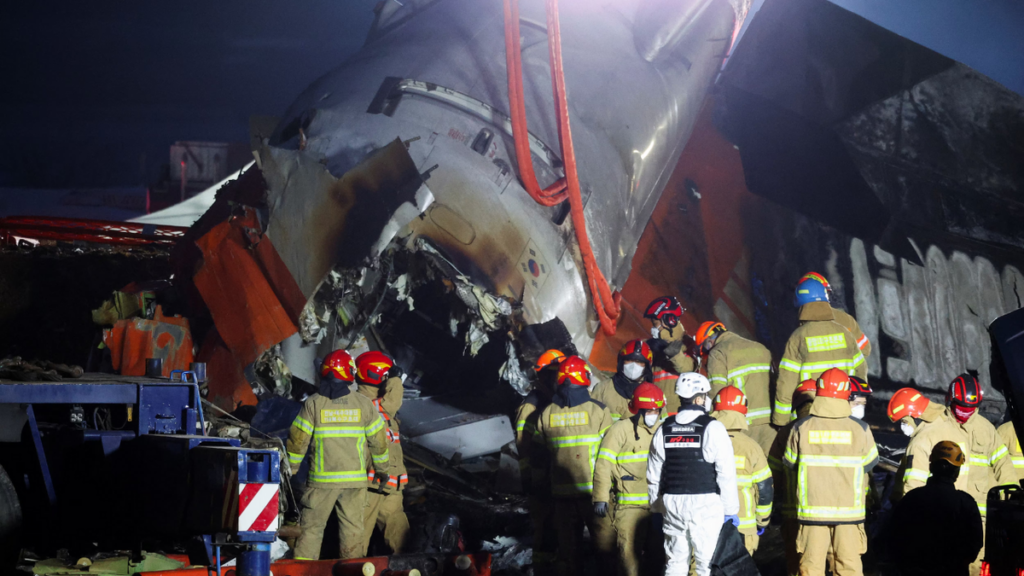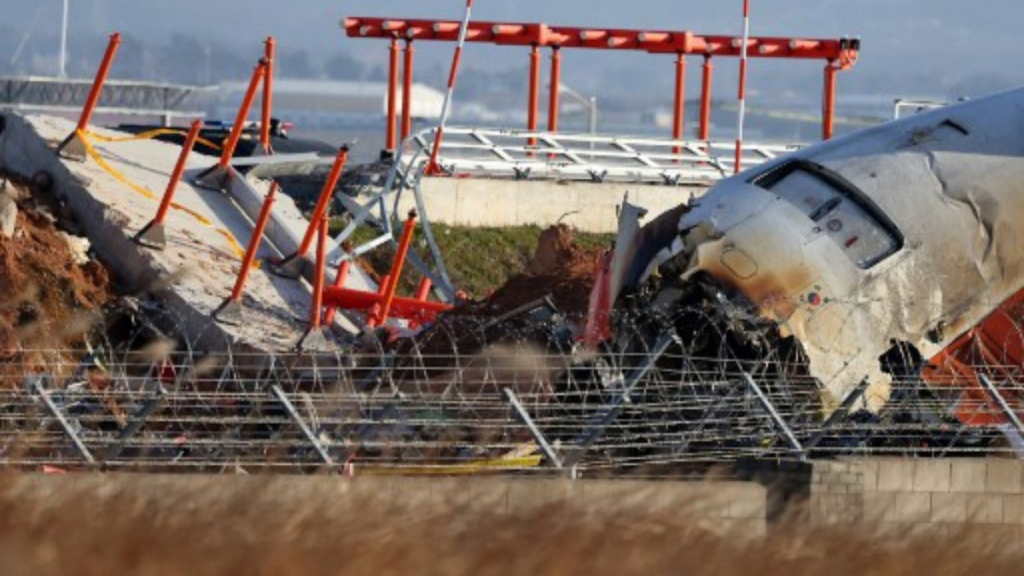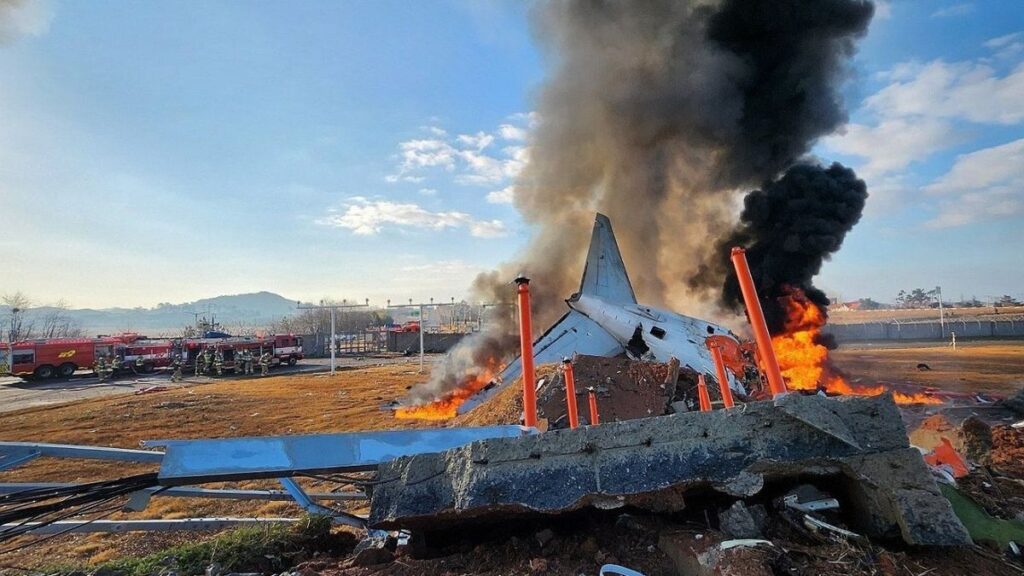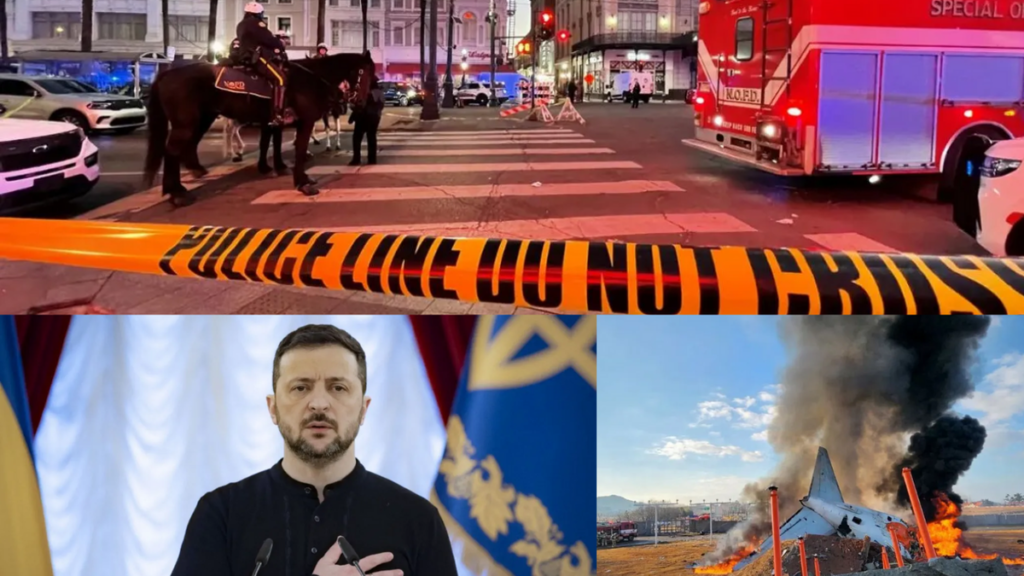
A look at the last moments of the Jeju Air flight that killed 179
On December 29, South Korea witnessed its worst aviation disaster in decades after Jeju Air Flight 7C2216 crashed at the Muan International Airport. The crash killed 179 of the 181 people on board.
The direct cause of the crash was the malfunction of the landing gear, but the specific reason for this failure remained under further investigation.
Here’s a look at the last moments of the flight:
Jeju Air flight reports bird strike: A report by the news agency AFP on Thursday (Jan 2) said that on December 29 at around 8.54 am local time, the flight heading from Bangkok’s Suvarnabhumi Airport received permission to land in Muan.
Also read | Jeju Air CEO banned from leaving South Korea after fatal crash, say police
At 8.57 am, air traffic control warned the pilot about bird activity in the area. Two minutes later, the pilot made a desperate mayday call, declaring “bird strike, bird strike.”
Pilot abandons landing attempt: Following the bird strike, the pilot of flight 7C2216 abandoned a landing attempt.
Air traffic control then proposed the pilot land in the opposite direction, which the pilot accepted, the report by AFP said.
At 9.02 am, the plane approached for a second landing attempt, seemingly without undercarriage. The aircraft struck the ground around 900 to 1,200 metres along the runway- which was 2,800 metres long.
Landing gear malfunctions: As an aircraft approaches for landing, the landing gear comes down way before the plane touches the ground.
However, in the case of flight 7C2216, the landing gear malfunctioned, which meant the pilot had to belly land.
Also read | South Korea plane crash- Tears, empty desks: Office mourns death of five colleagues in Jeju Air accident
Citing South Korean authorities, AFP reported that the landing gear might have been damaged due to the bird strike.
Plane slams into concrete barrier: At 9.03 am on December 29, the aircraft overran the runway and skidded into a large embankment made of dirt and concrete, and housing an instrument guidance system known as a localiser.
Video footage showed the plane smashing into the installation, which was located 250 metres past the end of the tarmac.
Questions have arisen over why the localiser was installed at the end of the runway, which experts pointed out posed danger in case an aircraft overran.
(With inputs from agencies)





Responses